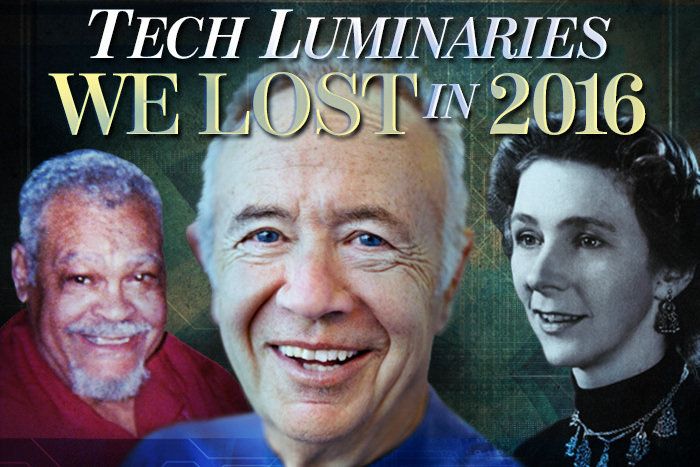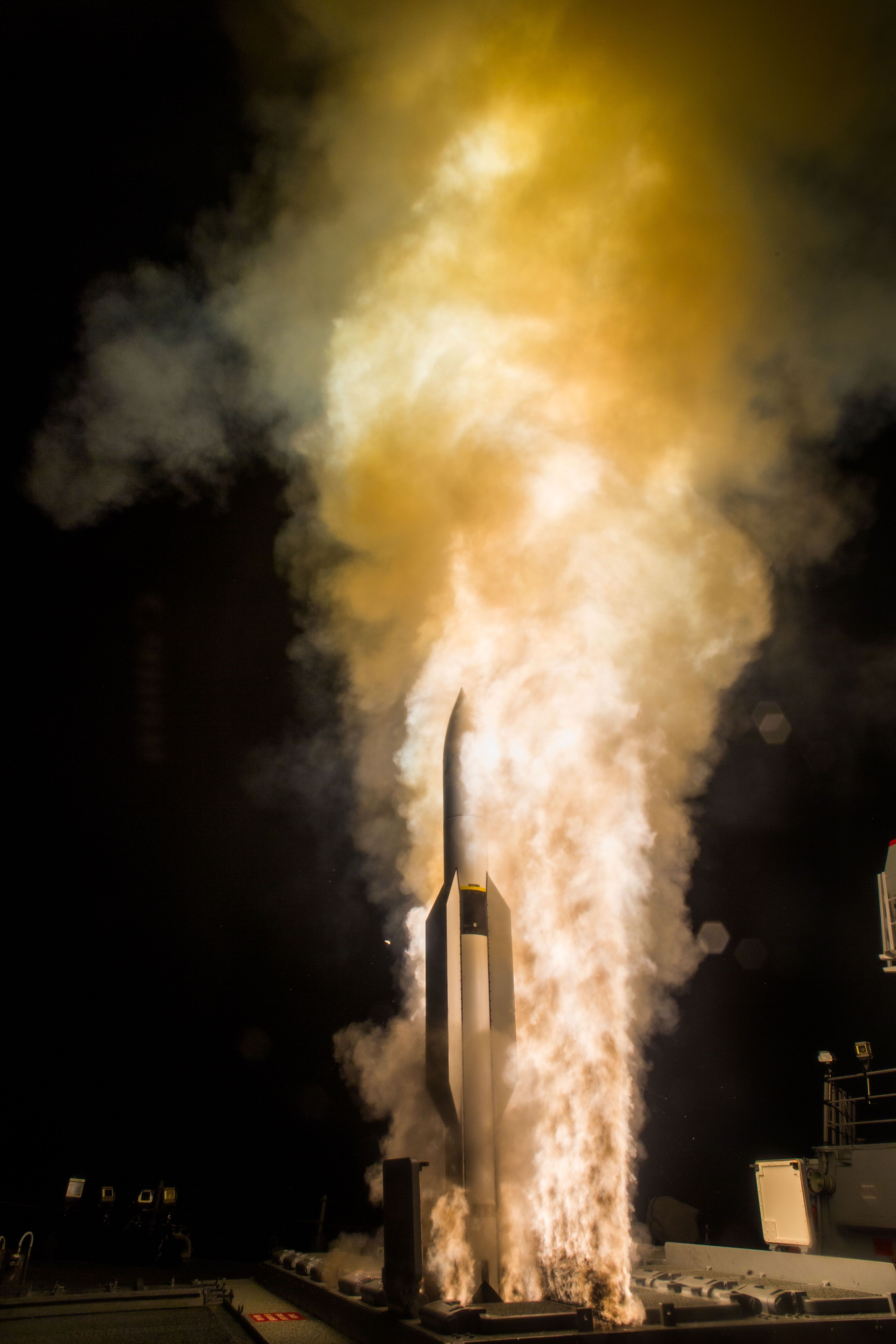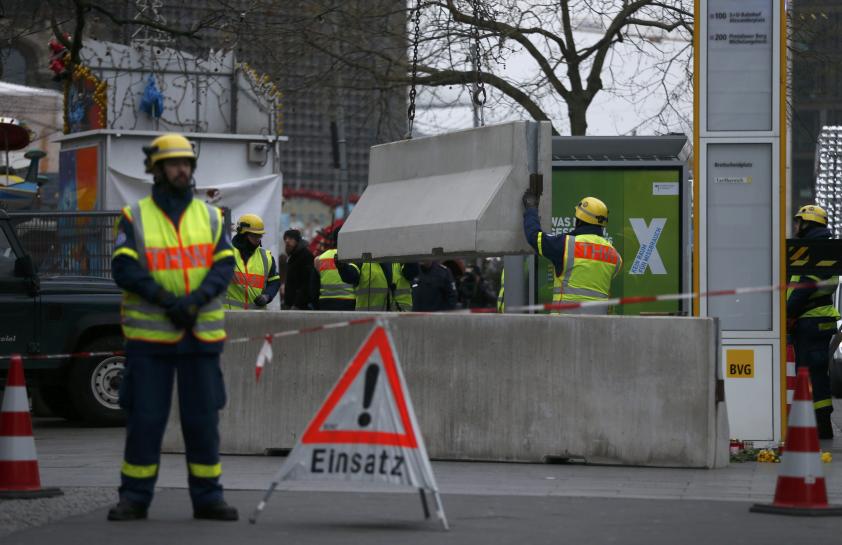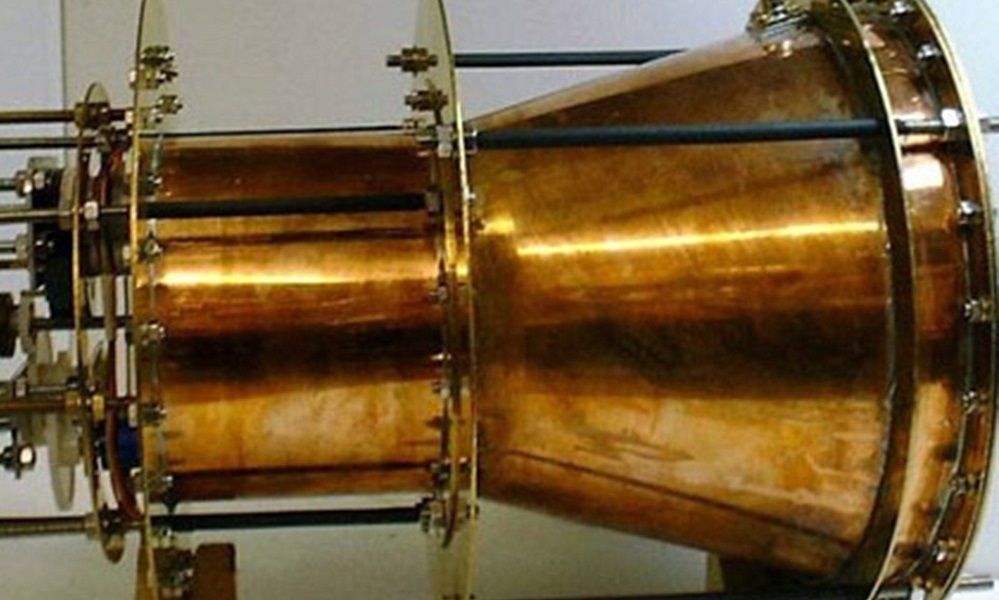From soft exoskeletons to cloud-based, networked ‘brains’, these are the 7 robots pointing the way to the future #ftrobots


Humans’ relationship with technology is growing ever-more intimate. In a sense, we have already become cyborgs, tethered to our external electronic devices, outsourcing to them our memories, our sense of direction, our socializing, our lives. But, if the past year’s technological advancements are any indication, our relationship with technology is going to get a whole lot closer. Technology could one day soon become regularly integrated with our biology to manage disease and augment human ability. Here were some of the biggest breakthroughs of the past year on the cyborg front.


There’s really no sector in the United States (or much of the world) that has been untouched by the development of advanced manufacturing technologies – and no one seems to be underestimating the importance of the further development of those technologies in order to keep the country competitive. To that end, in 2014 the government established the National Network for Manufacturing Innovation (NNMI), more commonly known as Manufacturing USA.
The program brought together the industrial, academic, nonprofit and governmental sectors to establish a network of advanced manufacturing institutes for the purpose of accelerating new manufacturing technologies. President Obama proposed that the network grow to 45 institutes over the course of 10 years, and as of today, 12 have been established. The 12th, which was just announced by the Department of Defense, will be the Advanced Tissue Biofabrication (ATB) Manufacturing USA Institute, and will be led by the Advanced Regenerative Manufacturing Institute (ARMI), based in Manchester, New Hampshire.
“The investments we are making in advanced manufacturing, including today’s announcement, will ensure that the innovations needed to develop, manufacture and commercialize cutting-edge processes and materials will happen right here, in America,” said Defense Secretary Ash Carter. “They will provide important benefits to our war fighters and will help strengthen the economy that is the bedrock of our national security.”



LONDON The attack on a Berlin Christmas market showed the devastation that can be wrought by the simple act of driving a truck into crowds, and the problems in preventing another massacre.
The attack in Germany on Monday, in which 11 people were killed by the truck in addition to the murder of the Polish driver, mirrored a militant raid in the French city of Nice in July that killed 86.
Hauliers increasingly track their vehicles in real time but security experts say the technology cannot be used to stop an attack if a lorry has been hijacked to be used as a weapon.

Excellent.
Researchers at Tohoku University have, for the first time, successfully demonstrated the basic operation of spintronics-based artificial intelligence.
Artificial intelligence, which emulates the information processing function of the brain that can quickly execute complex and complicated tasks such as image recognition and weather prediction, has attracted growing attention and has already been partly put to practical use.
The currently-used artificial intelligence works on the conventional framework of semiconductor-based integrated circuit technology. However, this lacks the compactness and low-power feature of the human brain. To overcome this challenge, the implementation of a single solid-state device that plays the role of a synapse is highly promising.

Summary:
Thursday, 22nd of December Baltimore, MD — Scientists at the Pharmaceutical Artificial Intelligence (pharma. AI) group of Insilico Medicine, Inc, today announced the publication of a seminal paper demonstrating the application of generative adversarial autoencoders (AAEs) to generating new molecular fingerprints on demand. The study was published in Oncotarget on 22nd of December, 2016. The study represents the proof of concept for applying Generative Adversarial Networks (GANs) to drug discovery. The authors significantly extended this model to generate new leads according to multiple requested characteristics and plan to launch a comprehensive GAN-based drug discovery engine producing promising therapeutic treatments to significantly accelerate pharmaceutical R&D and improve the success rates in clinical trials.

Cognitive training interventions are a promising approach to mitigate cognitive deficits common in aging and, ultimately, to improve functioning in older adults. Baseline neural factors, such as properties of brain networks, may predict training outcomes and can be used to improve the effectiveness of interventions. Here, we investigated the relationship between baseline brain network modularity, a measure of the segregation of brain sub-networks, and training-related gains in cognition in older adults. We found that older adults with more segregated brain sub-networks (i.e., more modular networks) at baseline exhibited greater training improvements in the ability to synthesize complex information. Further, the relationship between modularity and training-related gains was more pronounced in sub-networks mediating “associative” functions compared with those involved in sensory-motor processing. These results suggest that assessments of brain networks can be used as a biomarker to guide the implementation of cognitive interventions and improve outcomes across individuals. More broadly, these findings also suggest that properties of brain networks may capture individual differences in learning and neuroplasticity.
Trail Registration: ClinicalTrials.gov, NCT#00977418
Citation: Gallen CL, Baniqued PL, Chapman SB, Aslan S, Keebler M, Didehbani N, et al. (2016) Modular Brain Network Organization Predicts Response to Cognitive Training in Older Adults. PLoS ONE 11(12): e0169015. doi:10.1371/journal.pone.0169015

In what appears to be the latest breakthrough in space travel technology, China claims it has made a great leap forward with its ‘reactionless’ Electromagnetic Drive, or simply, EmDrive – an engine that uses only the power of electromagnetic radiation contained within a microwave cavity.
The EmDrive flies in the face of physics – going against the law of conservation of movement; producing mechanical movement but without an exchange of matter.